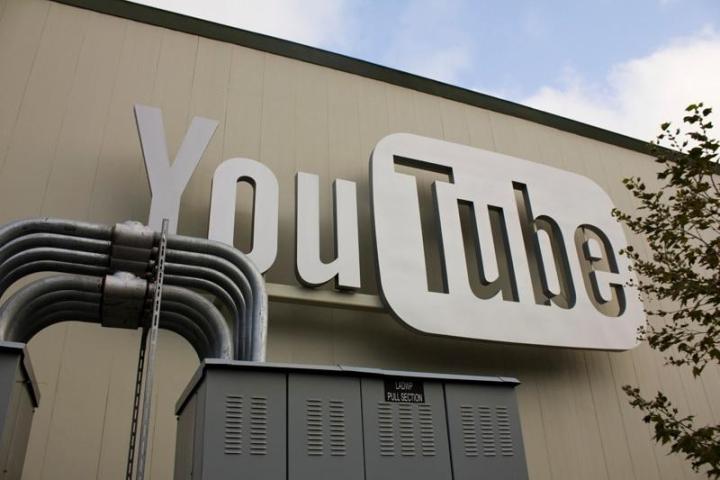
Microsoft on Tuesday released a new version of its once controversial YouTube app for Windows Phone three months after removing the old one from the Windows Phone Store following complaints from Google about its design and lack of ads.
The rollout appears to signal the end of a dispute that had been rumbling on for some time.
Microsoft vice president Dave Heiner had claimed back in January that executives at Google were preventing YouTube from enabling a full-featured YouTube app for Windows Phone, a situation he was obviously keen to change.
“This is an important issue because consumers value YouTube access on their phone,” Heiner said in a blog post at the time. “Yet Google still refuses to allow Windows Phone users to have the same access to YouTube that Android and Apple customers enjoy.”
Instead, Windows Phone users had to make do with a less-than-stellar app for the video-streaming service that offered few features compared with those available to Android and iOS users.
No ads
Determined to offer something better, Microsoft rolled out a much-improved YouTube app in May. However, there were no ads to be seen, meaning both Google and content creators were missing out on revenue.
Angered by the lack of ads, as well as the presence of a video download feature, the Web giant sent a letter to Microsoft toward the end of May demanding it remove the app from the Windows Phone Store within seven days.
Microsoft hit back with: “We’d be more than happy to include advertising but need Google to provide us access to the necessary APIs.”
Still no ads
With the deadline looming, the Redmond-based company released a modified version of its app that removed the downloading feature. Ads, however, remained absent. Three days after the deadline passed, Microsoft decided to remove its controversial app from the Windows Phone Store, announcing at the same time that rather than carry on in the same fruitless fashion, it would collaborate with Google in the creation of a new YouTube app that met all the necessary terms of service.
Ads!
On Tuesday the app was relaunched sporting bells, whistles, and, in line with Google’s central demand, ads.
Features include advanced player controls and support for video upload, enabling Windows Phone users to upload content directly to the site. The ability to share videos with friends via social networks, email and text messages is also now possible, as is the streaming of live video channels.
“We’ve released an updated YouTube app for Windows Phone that provides the great experience our consumers expect while addressing the concerns Google expressed in May, including the addition of ads,” a Microsoft spokesperson said in a statement Tuesday.
And in a closing comment that’ll have some thinking the two companies have pulled a 180 and are now the best of buddies, the spokesperson added, “We appreciate Google’s support in ensuring that Windows Phones customers have a quality YouTube experience and look forward to continuing the collaboration.”
[via The Verge]
Editors' Recommendations
- How to download YouTube videos for offline viewing
- How to play YouTube in the background on iPhone and Android
- How to turn off and manage your YouTube history
- YouTube gives iOS users another reason to pay for Premium
- Don’t watch this YouTube video if you have a Pixel 7


